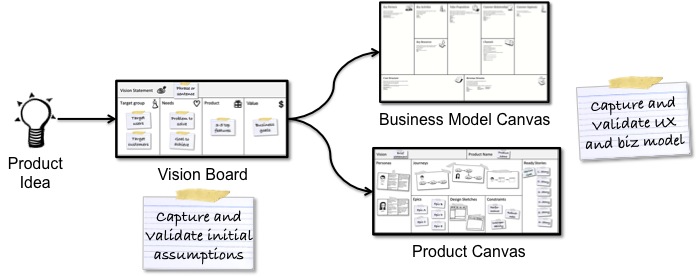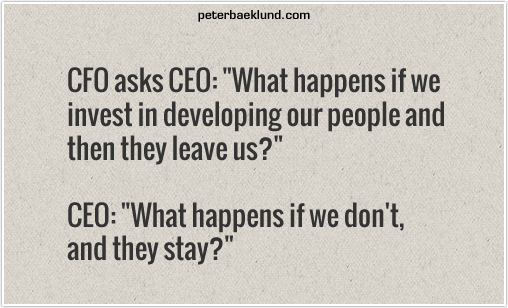Being a Personal Business Analysis Center of Excellence
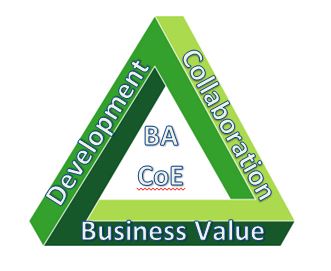 I am often asked how to best go about a particular business analysis scenario; how to do a particular technique. Usually the person is asking more than just best practices, but looking for a short-cut or one-size-fits-all process to go about doing business analysis. I hate to break it to you…there is no such thing.
I am often asked how to best go about a particular business analysis scenario; how to do a particular technique. Usually the person is asking more than just best practices, but looking for a short-cut or one-size-fits-all process to go about doing business analysis. I hate to break it to you…there is no such thing.
What I often find in the question is that the person is getting hung up on the process or technique and has lost sight of the ultimate goal…which should always be to add business value. So in attempt to answer the question for all business analysis scenarios and professionals, I will give you my personal operating goals when conducting business.
Remember business analysis is not just the IT Business Analyst or Business Systems Analyst that works on IT projects to deliver software solutions to the business. Whether you are an IT Business Analyst, Enterprise Architect, Process Improvement Analyst, Data Analyst or one of the other business analysis roles, you have to interact with and build relationships with stakeholders and your ultimate goal should be to deliver business value to those stakeholders. So these operating goals relate to you.
There is no one-size-fits-all way of doing business analysis
There are many areas of business analysis that cover many strategic, tactical and operational roles within the organization. There are 34 techniques defined in the Guide to the Business Analysis Body of Knowledge® (BABOK®) version 2.0, and will be more defined in version 3.0 when it is released later this year. With that kind of breadth of coverage it would be impossible to have one simple way to do things. Even in a requirements elicitation activity, what worked last time, with that set of stakeholders, may not work this time with this set of stakeholders. Experience is the best teacher. Go into each activity prepared, ready to do your best and flexible enough to handle the different alternatives that can be thrown your way.
Be proactive not reactive
The best way to be proactive is to plan ahead. There is a whole chapter in the BABOK® concerning business analysis planning activities. It actually speaks about planning the business analysis activities for a software project, but as a practitioner you must plan for each activity you engage on during your work, whether software project or more strategic or operational activity. If you are working with a new line of business or business process that you are unfamiliar with, learn as much about it as possible before you engage in your business analysis activities. There are many techniques that the Business Analyst can use to learn about a business process on his/her own.
Guide, do not direct the conversation
Never go into an elicitation activity cold, be prepared to facilitate the discussion; but realize that the Business Analyst’s job is not to direct the conversation to a preconceived end, but guide the conversation to ensure that it is productive. You may walk into the activity with a preconceived idea of the way the conversation may go, but don’t mistakenly think that is the only way the conversation can go. When the conversation takes an unexpected turn away from your preconceived idea don’t attempt to stop it, allow it to develop and see where it may lead and what can be learned from it. Guiding the conversation means making sure side conversations are kept to a minimum and that everyone’s voice gets heard. You should never walk into a facilitation activity with the goal of forcing all stakeholders to agree on a particular point. It is alright to walk in with the goal of trying to get buy-in or consensus on a point, but if you do not get that consensus that is not necessarily failure.
No one is perfect
Your requirements, process model or design does not have to be perfectly written before you share it with the stakeholders with which you are working. Building these things in collaboration with the stakeholders usually produces better results. Remember that the business stakeholders and project team members that you are working with are not perfect either. They may not articulate everything just perfect or give you perfect feedback on your requirements or models. Seasoned professionals will work through these difficulties.
Work collaboratively with others
As I just mentioned working collaboratively with your stakeholders usually produce better results. The days of the Business Analyst conducting elicitation activities, running off to write the requirements by themselves and then presenting them back to the stakeholders is quickly coming to an end. When possible, write the requirements, or build the process model, during the elicitation activity. Spend the time with the stakeholder and work together to produce the requirements or design. The good by-product of this method is a much easier signoff of the requirements or design.
Learn from past challenges
You are not perfect. The people you work with are not perfect. Don’t think that everything you do will be perfect or end in success. It was Colin Powell that said “There are no secrets to success. It is a result of preparation, hard work and learning from failures.” Failure is not a failure if you learn from it. When something doesn’t go as expected, take a moment to reflect upon the activity and your role in it. What could you have done better.
Learn from others
No matter how long you have been doing Business Analysis, no matter how “Senior” or “Lead” you think you are, you can learn from others on the teams on which you work. Everybody in the organization may look to you as the subject matter expert (SME) in business analysis, but that doesn’t mean you can’t learn. If you are open to it, you may be able to learn from that Business Analyst that the company just hired last week. Look at the way other team members operate, what they do good and what they do bad. Incorporate the good into the way you operate. Also remember, you can learn from others doing activities outside of the business analysis space.
Always drive from the business need and the “why”
I have seen business analysts get so caught up on the particular activity or technique that they are doing that they forget why they are doing it. They may be trying to be so perfect that they lose sight of the goal. The Business Analyst’s ultimate goal should be to add business value, but they should know the goal of each activity that they undertake. Now that you keep the goal in mind, determine the “why”. When investigating a new area or business process, get to the “why”. Why do the people do it that way. What is the business value of doing it that way. I have heard it said to ask “why” five times (The 5 why’s). It may not need 5 times, but asking “why” multiple times is a good process to get to the underlying root cause.
Become the trusted advisor
The goal of your business analysis activities should be to add business value. The goal for you in the Business Analyst role within the organization should be to become the trusted advisor. You have to build relationships with all the stakeholders in the organization from your technical team members, project managers, business stakeholders, IT management and business management to build the trust so that these stakeholders will give more weight to your recommendations. When your business stakeholders see you accurately representing their points of view, when IT and business management see you working for the best interest of the organization and working to add business value, trust will grow and you will find your work easier to perform built on that trust.
Continuous Improvement
No matter how long you have been doing Business Analysis, no matter how “Senior” or “Lead” you think you are, learn from others and learn from past challenges and successes. Not only work to become the trusted advisor to everyone in the organization and to add business value; but work to hone your own craft. If you think that you’re so good that there is nothing more for you to learn, I would say to you “get over yourself”. The business analysis space is changing dramatically and will continue to over the coming years. There are new and better ways of doing things being discovered all the time. If you are not consistently working on improving the way you do business analysis then you are standing still and the world, and your organization, will grow beyond you. So continually look for ways to improve your own processes.
As you can see there is a lot to business analysis, inside and outside of software development projects. The Business Analyst cannot stand still in their way of doing things. The business analysis profession, the business environment and your organization are continually changing and growing. The only constant in the universe is change. The Business Analyst professional must change also. Grow in your understanding of business processes, your profession, your organization and the environment in which it operates. Stay up on the latest trends and look for ways to incorporate the way you do your business analysis activities.
Don’t forget to leave your comments below.
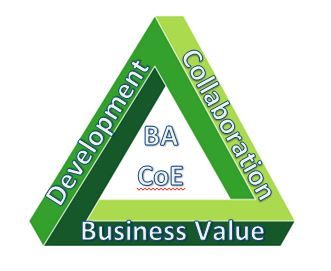

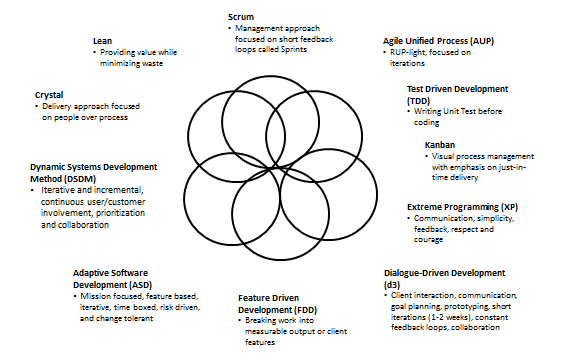
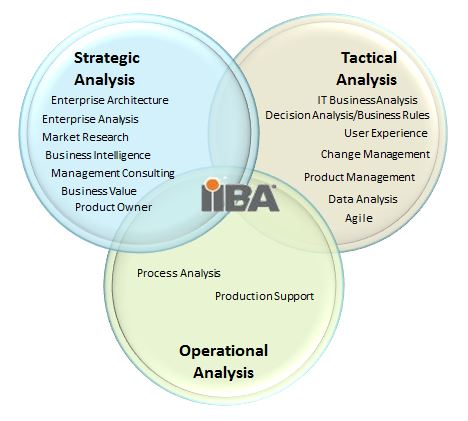

 It is customary that at the start of a new year people reflect upon the past and look into the future. I believe you will agree some people are better at both activities than others. In fact, recently
It is customary that at the start of a new year people reflect upon the past and look into the future. I believe you will agree some people are better at both activities than others. In fact, recently 